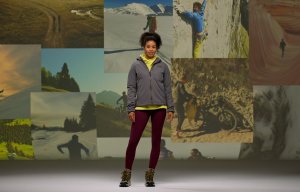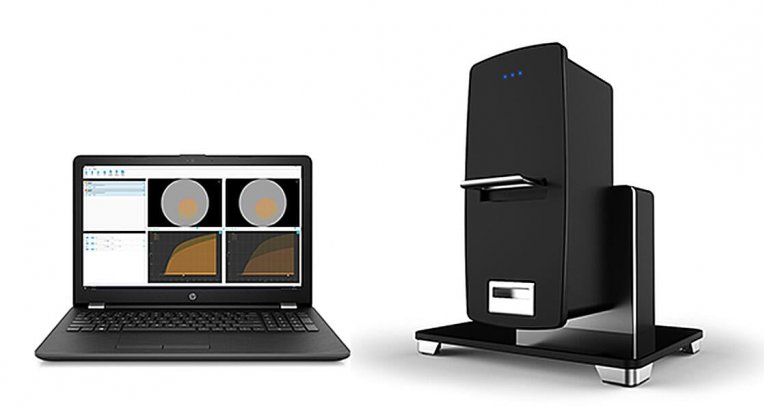
Löffler chooses Active Evolve
With the James Heal test method and grading system, users can be confident that they are testing correctly to achieve the most realistic, accurate results.

12th January 2023
Innovation in Textiles
|
Halifax, United Kingdom
UK-based textile testing solutions provider James Heal has announced a revolutionary new grading system for moisture management testing that literally turns the assessment of wicking behaviour within a fabric on its head.
Wicking is the transference and management of liquid moisture in or on a textile or garment. A good wicking fabric or textile needs to encompass characteristics which allow the movement of moisture effectively across a large area using capillary action. This is incredibly important to wearer comfort and also safety in many circumstances such as extreme heat or cold conditions.
In 2019 James Heal launched its innovative WickView moisture management test instrument, enabling the wicking properties of a textile to be tested both vertically and horizontally, to better reflect real-life wear conditions. Many other instruments and test methods available test only horizontally.
The WickView instrument technology has advanced more quickly than the industry test standards, which use basic distance and time as a measure to assess the spread of moisture, rather than the exact movement in multiple directions. To address this James Heal has created a test method and system of grading to ensure systematic, accurate product testing in laboratories, and a software system that also enables the sharing of data and real-time video footage recorded of the actual test, electronically with colleagues or partners based in other locations.
Integrated cameras are mounted either side of the test specimen within the WickView, that combined with intuitive TestWise software, uniquely track, record and measure the multidirectional movement of moisture through a fabric on both skin and face sides. Numerous parameters can be measured for comparison, and features in the software allow users to identify and discount aspects that may skew the results such as the effects of gravitational pull and run-off, giving the most precise results.
With the James Heal test method and grading system, users can be confident that they are testing correctly to achieve the most realistic, accurate results. A wealth of data is available within the WickView software, from watching recordings of the live test on each side of the specimen through to the resulting graphs and tables showing the grades of performance across a range of parameters. Results can be read individually or in different combinations to suit the scope of the testing, enabling users to understand and interpret their meaning in the context of the textile being tested, and where needed shared via email or online with their customers such as retailers or brand owners.
James Heal Head of Technical, Guy Smithurst comments: “The WickView has pushed the boundaries of moisture management testing, and together with TestWise software offers a totally fresh approach. Having designed the instrument, written the test method and developed the grading system, the entire James Heal team including Innovation, Software Developers and Technical Specialists working in collaboration have created a new concept in this area of performance testing, providing manufacturers with a system to identify moisture movement and behavioural pattern, giving a ‘true wicking value’ of a fabric.”
Established in Halifax, West Yorkshire in 1872, James Heal designs and manufactures textile testing instruments, which are sold worldwide. The brand became part of the wider PPT Group in 2014, with a number of sister brands each focusing on testing many aspects of materials and products.

Business intelligence for the fibre, textiles and apparel industries: technologies, innovations, markets, investments, trade policy, sourcing, strategy...
Find out more